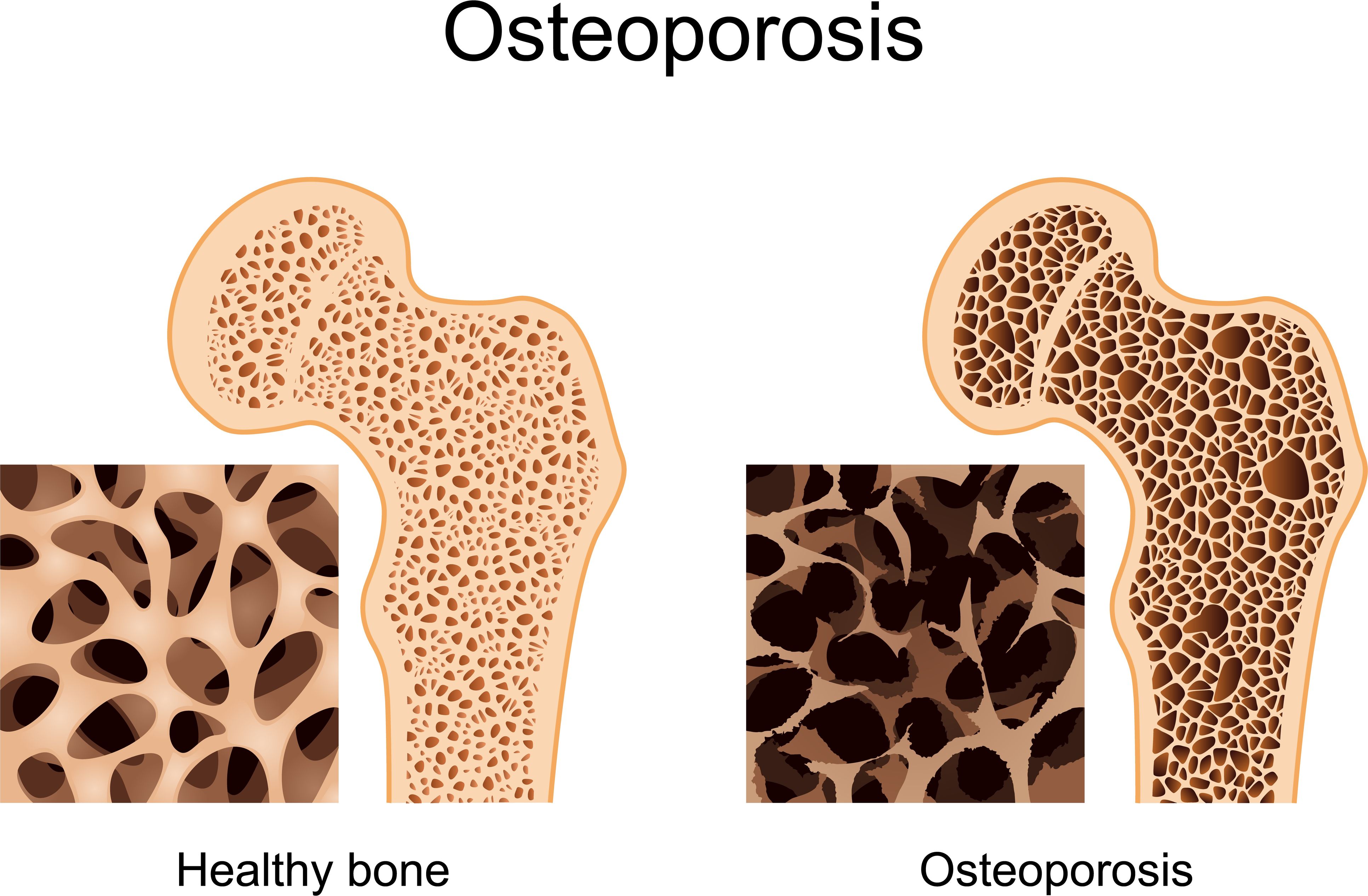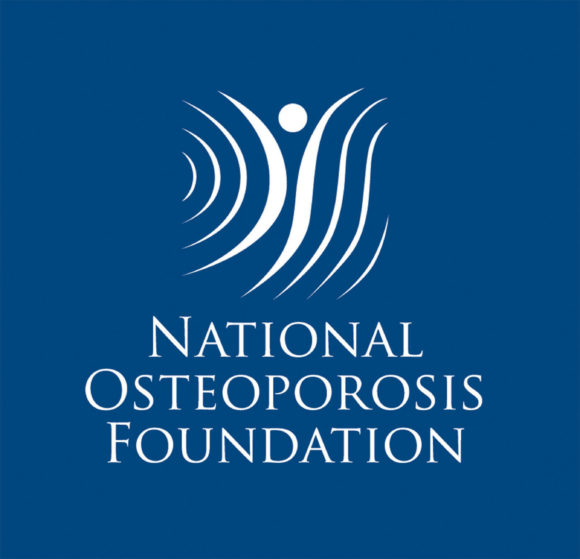
May is National Osteoporosis Month in the U.S. and the time is right for all Americans to take a proactive posture to help protect their bones.
In the U.S., more than two million broken bones are caused by osteoporosis each year. Studies show that half of all women over the age of 50 and a quarter of men will break a bone in their lifetime due to this chronic, debilitating disease. According to the National Osteoporosis Foundation (NOF), 54 million Americans in this age group either already have or are at risk of osteoporosis. Another staggering, under-reported fact is that osteoporosis-related bone fractures are responsible for more hospitalizations than heart attacks, strokes or breast cancer. What many do not know is that osteoporosis is a largely preventable disease.

Kathleen Morgan, interim chair and professor in the Department of Family and Community Health Sciences at Rutgers, represents New Jersey on the NOF’s Ambassadors Leadership Council.
Kathleen Morgan, interim chair and professor in the Department of Family and Community Health Sciences at Rutgers, represents New Jersey on the Ambassadors Leadership Council of the National Osteoporosis Foundation. Morgan, who has osteoporosis, is a strong advocate for osteoporosis prevention, treatment and management. She wants to remind everyone that osteoporosis is not a normal part of aging.
The childhood and young adulthood years are the most critical for building strong bones. During this formative timeframe is when bones become increasingly more dense – reaching what experts call peak bone mass – which usually happens by your mid-20s. The more bone you have at this time, the less likely you are to suffer a break or to get osteoporosis as you get older.
There are many healthy habits that everyone can develop to prevent osteoporosis. No matter what your age, you’re never too young or too old to improve your bone health with some very simple steps.
Here are top tips from the National Osteoporosis Foundation:
- Eat a well-balance diet with enough calcium and vitamin D.
- Calcium-rich foods include dairy, nuts, leafy greens and fish.
- Sources for vitamin D are fatty fish like wild-caught mackerel, salmon and tuna. Vitamin D is also added to milk and other dairy products, orange juice, soymilk and fortified cereals.
- Your skin makes vitamin D in reaction to sunlight and stores it in fat for later use; so, get outside and take an afternoon stroll!
- Consume foods that are good for bone health, such as fruits and vegetables.
- Engage in regular exercise.
- Weight-bearing and muscle-strengthening activities are critical. Walking, running, dancing, and Zumba are examples of weight-bearing exercise.
- Yoga and Tai Chi are examples of muscle-strengthening exercises.
- Avoid smoking and limit alcohol to no more than 2-3 drinks per day.
 It’s time to get back to basics. Eating plenty of fruits and vegetables, getting out into the sunshine and playing sports or taking a brisk walk are key to a healthy lifestyle. Not only are they easy to do, the physical benefits to your long-term well-being are immeasurable.
It’s time to get back to basics. Eating plenty of fruits and vegetables, getting out into the sunshine and playing sports or taking a brisk walk are key to a healthy lifestyle. Not only are they easy to do, the physical benefits to your long-term well-being are immeasurable.
In addition to the devastating toll to patients and their families, according to a recent NOF/Milliman Research Report, osteoporosis is a growing Medicare concern: the economic consequences are shocking. In 2018, $57 billion was the total annual expense of providing care among Medicare beneficiaries. This fee included direct medical costs and indirect costs related to productivity losses and informal caregiving. As Americans age, the problem will continue to worsen. Twenty years from now, the number of osteoporotic fractures suffered annually is predicted to grow by an astonishing 68% at a total expense of more than $95 billion.
During these days of uncertainty, it is imperative to control what you can control. Two areas of which you have the most influence in your life are diet and exercise. Act now and follow tried and true, easy-to-do recommendations to help protect your bones. Your positive, daily lifestyle choices will yield an enormous impact on your health as you age.
Visit www.nof.org and its Ambassadors Leadership Council to learn more.

